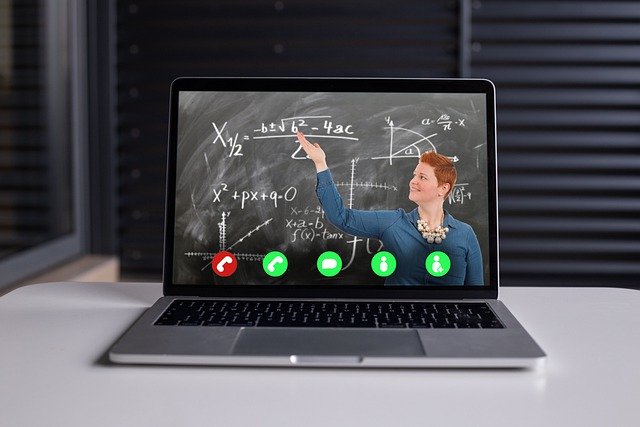
Online training is nothing new. What is new, is that in 2020, it has become the main learning delivery system for organizations from elementary schools to higher education, from corporate to technical training.
While we are being sold on the idea of flexibility, (“Do it on your own time,” “Do it at your own pace”), it is not clear that the final amount of learning delivered on-demand is always equivalent to the knowledge acquired at an in-person setting. But there is an exception to that rule: online, live training.

Educational researchers have found 3 factors that improve learning outcomes when teaching or learning online. Surprisingly, they are not the quality of the equipment, technology, or content. They are other human aspects that educators have always known:
- Routine and Schedule. Having a time frame forces the student to be prepared and allocate a specific amount of time for training. It reserves a portion of their daily schedule in advance to dedicate to learning. It helps them to arrange other responsibilities around that time, minimizing the risk of “leaving it for later or tomorrow.” It creates an expectation, or a frame of mind. It favors concentration and readiness.
- Live presence. The interaction between the instructor and the student is the key in any learning environment. The accessibility to ask questions and resolve doubts, as well as the teacher’s reassurance and guidance, provide the encouragement and reinforcement necessary for the student to assimilate and internalize the content effectively. To see a real face on the screen, even if it is there on and off, or in a corner of the monitor, keeps the student on track. Hearing a real voice and having the possibility of immediate communication, keeps the students’ attention and involvement, and dramatically increases the learning success rate and student satisfaction.
- Support. Webinars, recordings, and videos are great vehicles to transmit knowledge. But the possibility to have immediate feedback and help from an instructor is priceless. The student-teacher relationship has a deep emotional component that favors the cognitive predisposition to learn. Receiving help, mentoring and support while learning helps cement the new knowledge’s building blocks.

A few people sign up for technical training because they love to learn (I have seen some real passionate SOLIDWORKS fans). But most of us pursue continuing education because of work reasons: to improve our skills, to opt for better jobs, to be more productive, or to be more effective. Online live training is the best possible option to accomplish these goals in these unusual times.
At GSC, we offer online live training for engineering and design in CAD-based solutions. See our current Training Schedule or Course Catalog on SOLIDWORKS courses.
Anecdote: My mother was an arts teacher for children ages 10-14. She always had a special place in her heart for kids who experienced hard family situations. One day, she asked the students to “draw our classroom.” One of the kids, sad and unable to concentrate, drew a small black dot in the middle of a white page. My mom asked: “What did you draw?” The kid said: “This is the class ceiling. And the black dot is a fly.”
My mother gave the student an A because of her creativity. The arts class became the only space where the kid was able to enjoy learning. To this day, that person, now an adult, still loves art.
Contact Us
We’re always available over the phone at 262-790-1080, or, if you don’t have time for a phone call, we take submitted inquiries online.
Want More?
If you’re interested in SOLIDWORKS and other resources:
Share
Meet the Author

